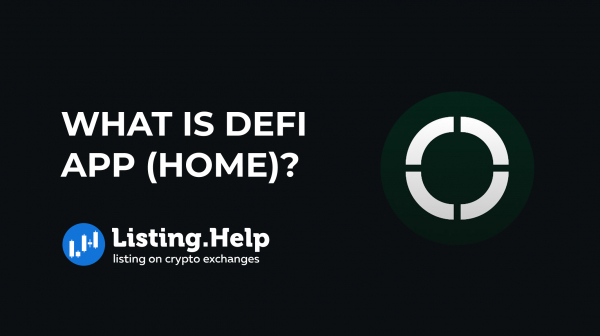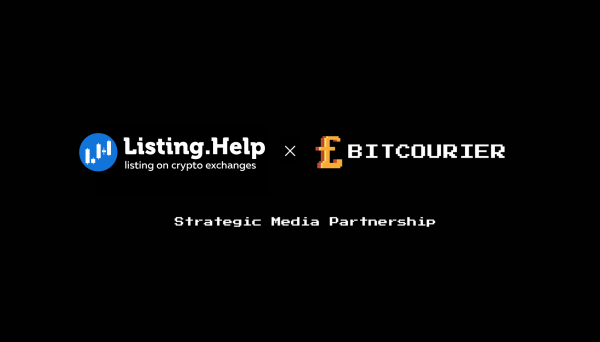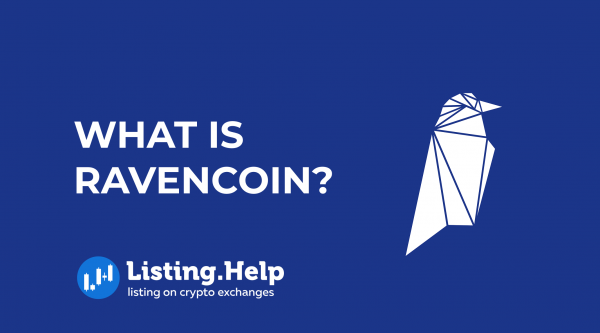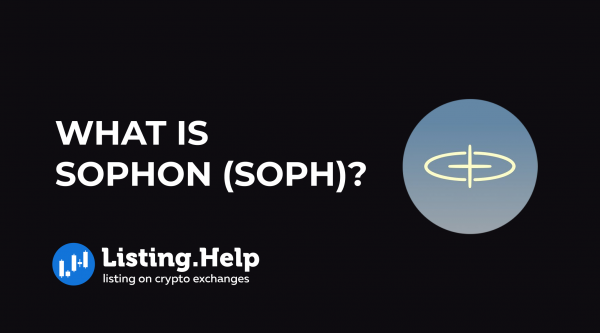What Are BRC-20 Tokens?
 May 23, 2024
May 23, 2024 Updated: January 27 2025, 06:50
Updated: January 27 2025, 06:50
LEAVE A REQUEST
Launching your own token project? Our experts are ready to help with listing on exchanges, market making, marketing and other solutions
SUBMIT APPLICATIONBRC-20 is a new type of token standard designed to create and move fungible tokens using the Ordinals protocol on the Bitcoin blockchain. Inspired by Ethereum’s ERC-20 tokens, BRC-20 tokens have their own set of mechanisms and features. Although they became very popular in early 2023, BRC-20 tokens are still in the experimental stage, and it’s crucial for users to be very careful when dealing with them.
Understanding BRC-20 Tokens
BRC-20 tokens are a type of fungible bitcoin asset created using the experimental BRC-20 protocol.
To put it simply, fungible tokens are digital assets that are identical and can be exchanged for one another. Think of a physical coin: if you trade it for another of the same kind, the value remains unchanged, even though it’s a different coin. This is what fungibility means – the ability to swap one token for another identical one.
Fungible tokens are commonly used in decentralized applications. However, the Bitcoin network doesn’t support the complex smart contracts needed for these applications. Consequently, Bitcoin lagged in developing an ecosystem for alternative assets until the Ordinals protocol was introduced.
History of BRC-20 Tokens
In November 2021, Bitcoin underwent an update called Taproot, which increased the amount of data allowed in Bitcoin blocks, enabling new capabilities. Although there were previous attempts to include larger data amounts on the Bitcoin network, there was no standardized method, making it uncommon.
In January 2023, Casey Rodarmor introduced the Bitcoin Ordinals protocol, allowing the Bitcoin network to support something similar to NFTs. This protocol enabled inscribing information, such as images or text, onto individual Satoshis, the smallest units of Bitcoin.
Satoshis have a built-in rarity system, assigned a “serial number” based on their mining order on the Bitcoin blockchain. This ordinal number allows for tracking the history of each Satoshi. Satoshis mined within the first 1000 blocks, or by Bitcoin’s founder Satoshi Nakamoto, hold inherent value and are quite scarce. Today, there is a market dedicated to these rare sats, in addition to those with inscriptions.
This innovation attracted collectors to the Bitcoin network, eager to inscribe ordinals and test the protocol’s limits. This is where the BRC-20 protocol comes into play.
Bitcoin developer Domo leveraged the ordinals protocol to create the BRC-20 fungible token protocol. By using ordinals as the foundation, the BRC-20 protocol allows the issuance of currencies on Bitcoin, the first and most popular blockchain. Launched as a test protocol in March 2023, it has since gained significant traction.
How Do BRC-20 Tokens Work?
To grasp BRC-20s, it’s essential to understand Bitcoin Ordinals. The Ordinals protocol assigns a unique number to each satoshi and allows users to add extra data to them through a process called “inscription.”
These tokens leverage Ordinals inscriptions by using JSON (JavaScript Object Notation) data to deploy contracts, mint assets, and transfer them. The current standard includes functions for creating tokens with the deploy function, minting them with the mint function, and transferring them with the transfer function.
However, this new concept is not user-friendly, and there are limited tools and services available to support it.
Differences Between BRC-20 and ERC-20 Tokens
While BRC-20 and ERC-20 share similar names, they differ significantly. The former operates on the Bitcoin network, whereas the latter is part of the Ethereum network. BRC-20 tokens do not use smart contracts, limiting their functionality. In contrast, ERC-20 tokens can interact with various protocols and applications, enabling a wide range of services, such as borrowing and lending.
ERC-20 is a well-established standard, with numerous tokens created and widely used since its inception in 2015 and official recognition in 2017. These tokens have been thoroughly tested and proven reliable. BRC-20s, on the other hand, are still experimental, and their future remains uncertain.
Risks of BRC-20 Tokens
The BRC-20 standard is an ongoing experiment to enable fungibility on the Bitcoin blockchain. As it is still in the testing phase, many aspects could go wrong.
Despite the current excitement, these tokens offer little utility at the moment, and their future is uncertain. The ease of minting BRC-20s could lead to many of them becoming worthless. Users and investors should exercise caution and conduct thorough research before engaging with this new type of asset.
The Future of Bitcoin Tokens
BRC-20 tokens, though still experimental, have already influenced the Bitcoin network and the broader DeFi market. They are becoming more common, but BRC-20 is not the only protocol for creating fungible tokens on Bitcoin. In 2023, the Stamps protocol emerged, along with its fungible variant SRC-20. By 2024, Casey Rodarmor, the creator of Bitcoin Ordinals, introduced an optimized fungible token protocol known as Bitcoin Runes. These developments show that multiple protocols are now utilizing Bitcoin to create alternative assets.
Before engaging with BRC-20 tokens, thorough research is essential. While tools like Ledger can protect your private keys from being exposed online, they cannot prevent mishandling of ordinals. It is easy to mistakenly send your BRC-20 tokens, so it is crucial to review support materials on managing ordinals beforehand.
If you choose to experiment with this protocol, proceed with caution. Proper knowledge and tools can help you confidently navigate the ecosystem of alternative Bitcoin assets. Remember, self-custody comes with responsibility, but with the right preparation and a Ledger device, you can manage these experimental assets securely.

To explore more insights and discussions on the impact of blockchain and DeFi on various sectors, visit our blog at listing.help/blog. Here, you’ll find a wealth of informative articles that delve deeper into these transformative technologies.




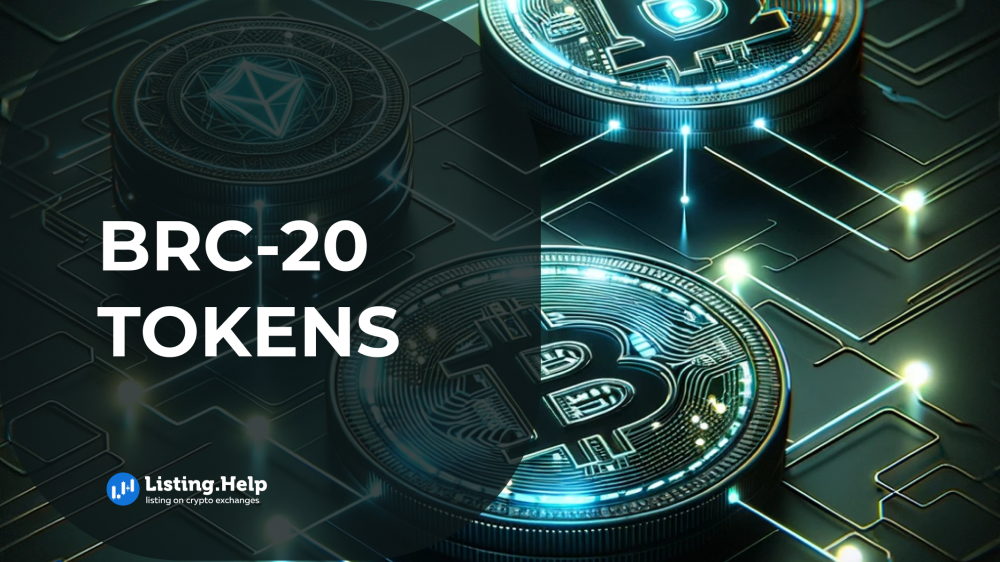

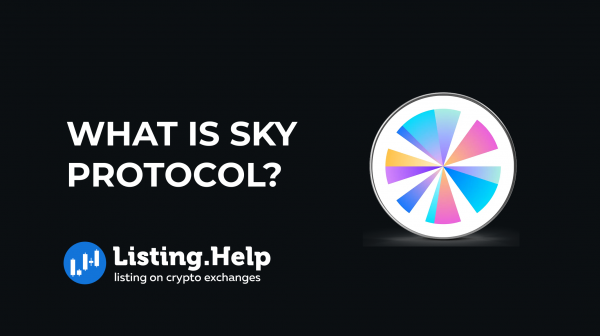
 June 28, 2025
June 28, 2025 


